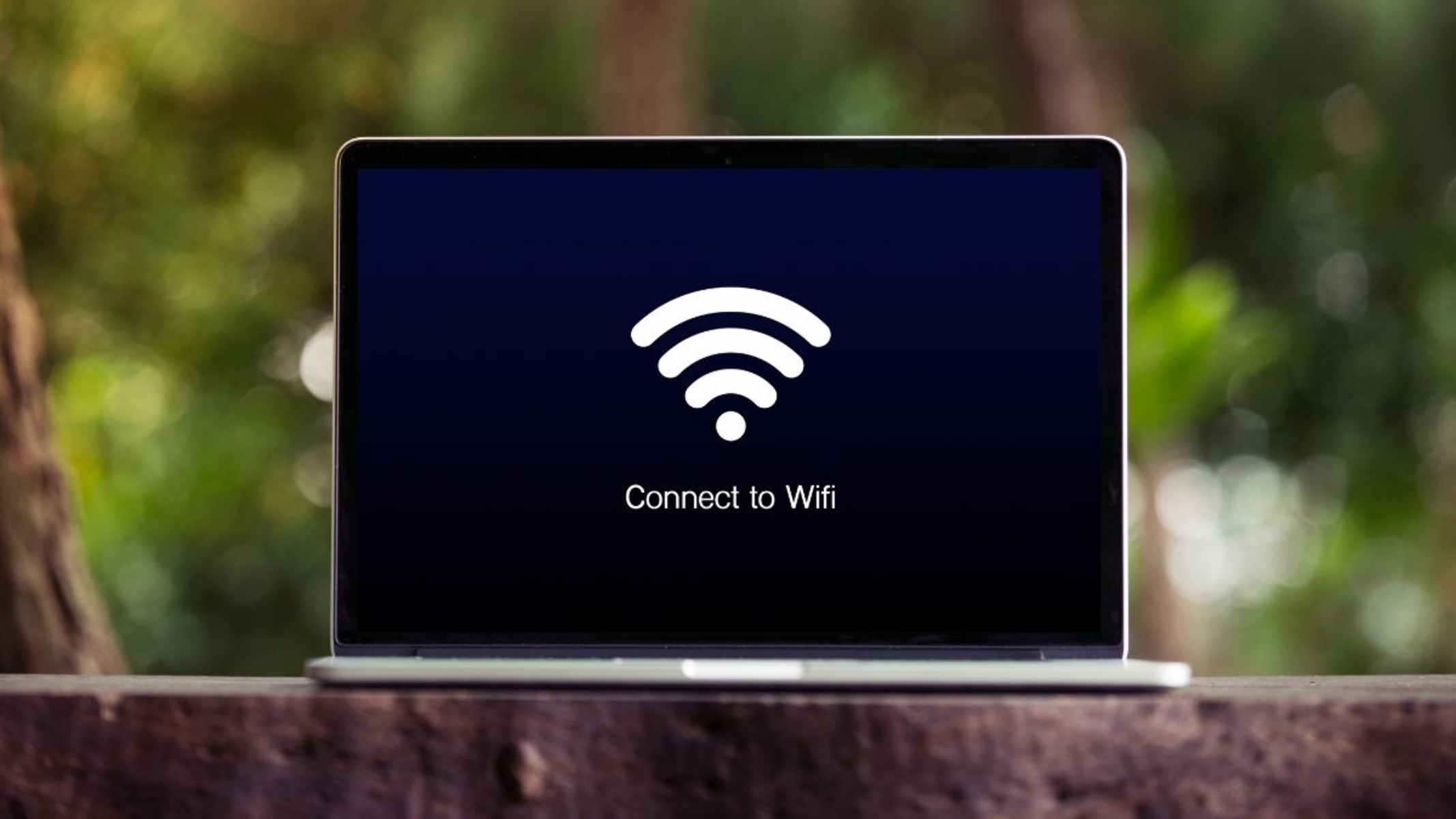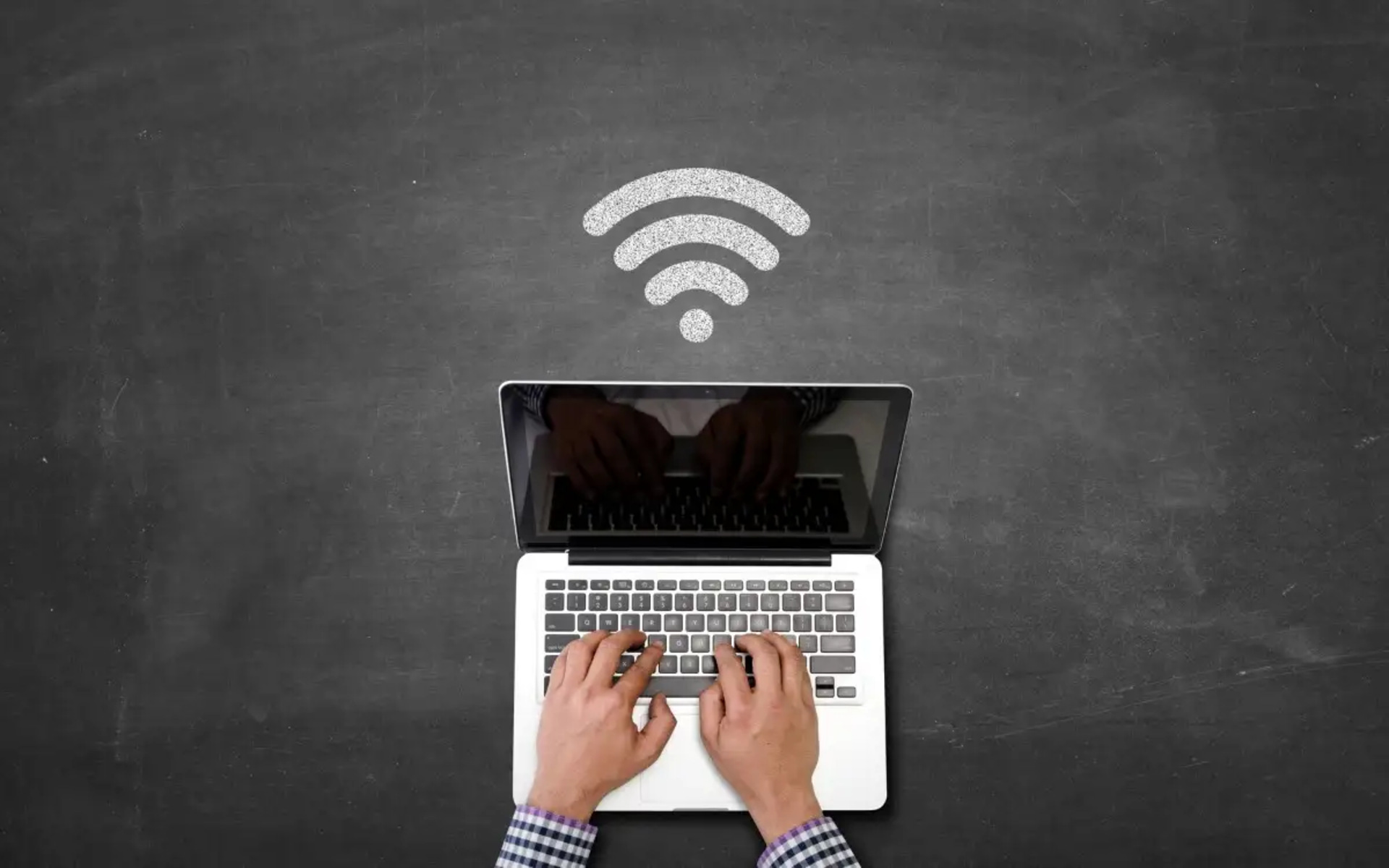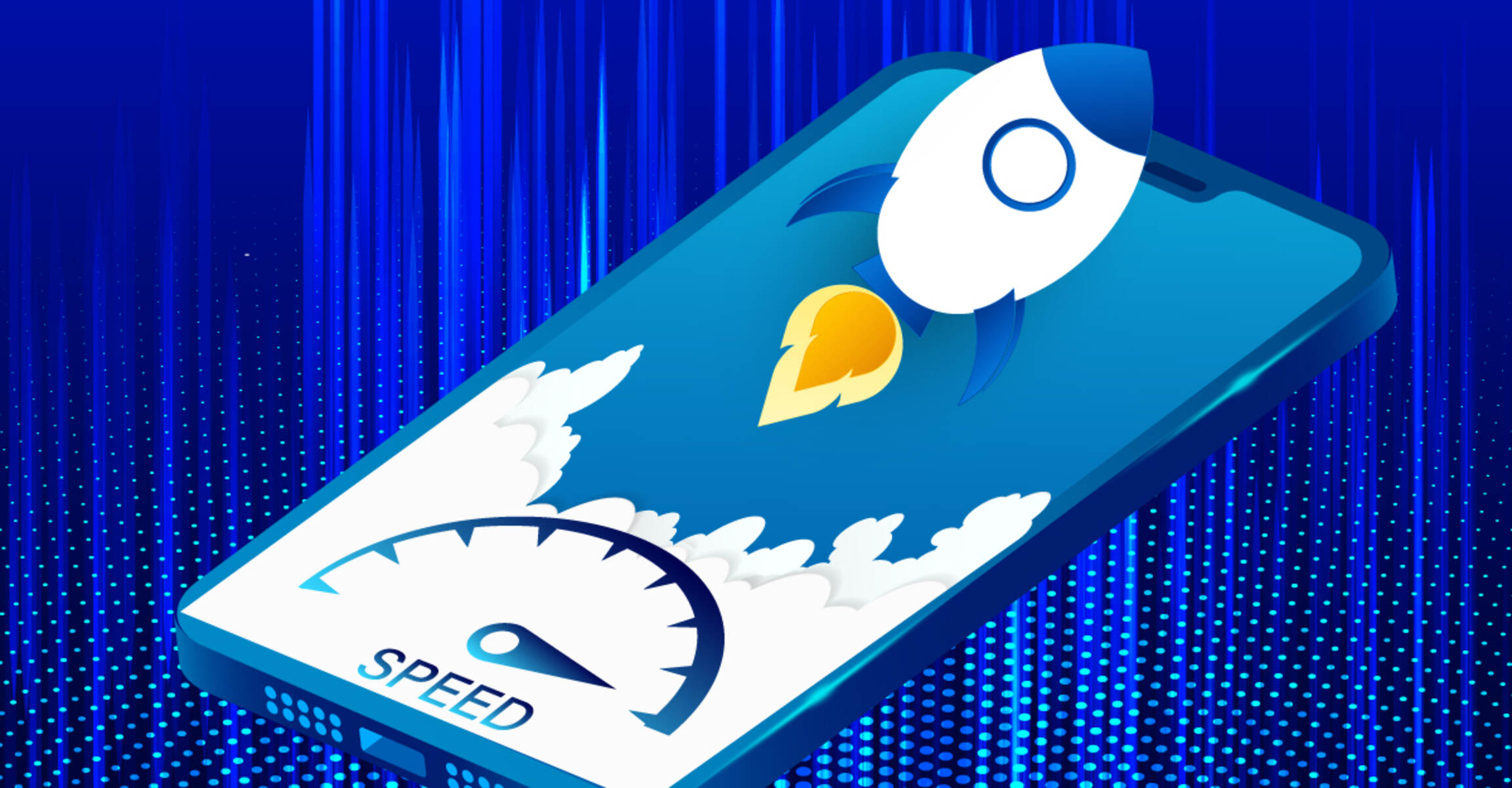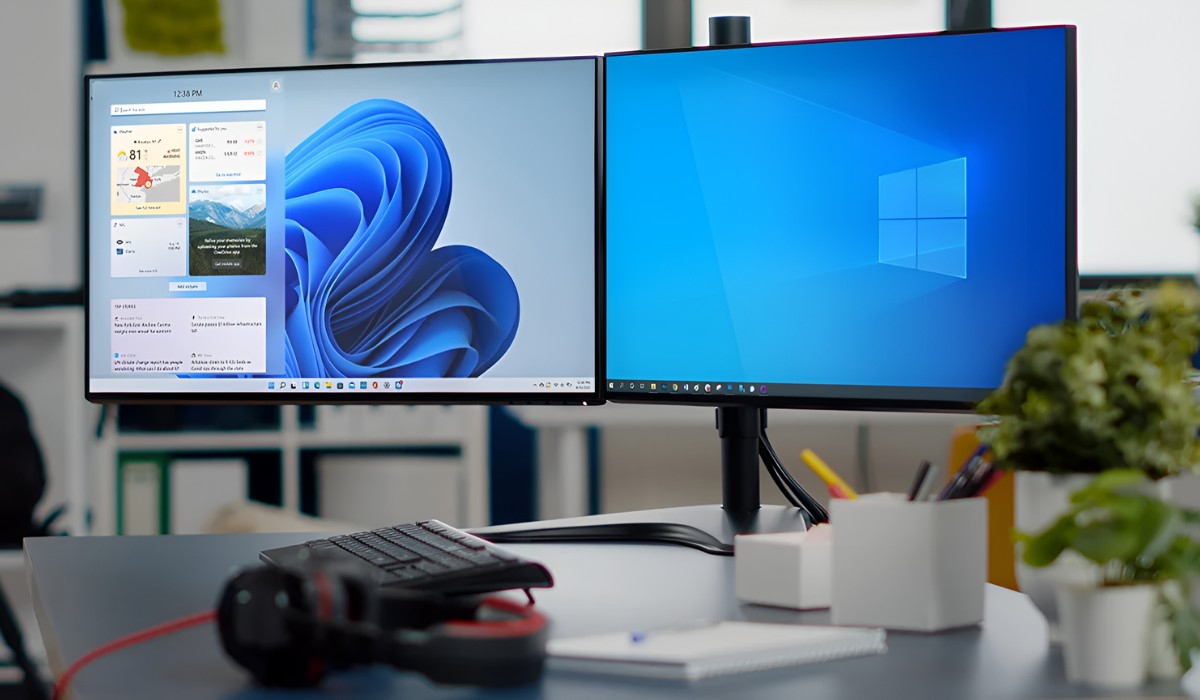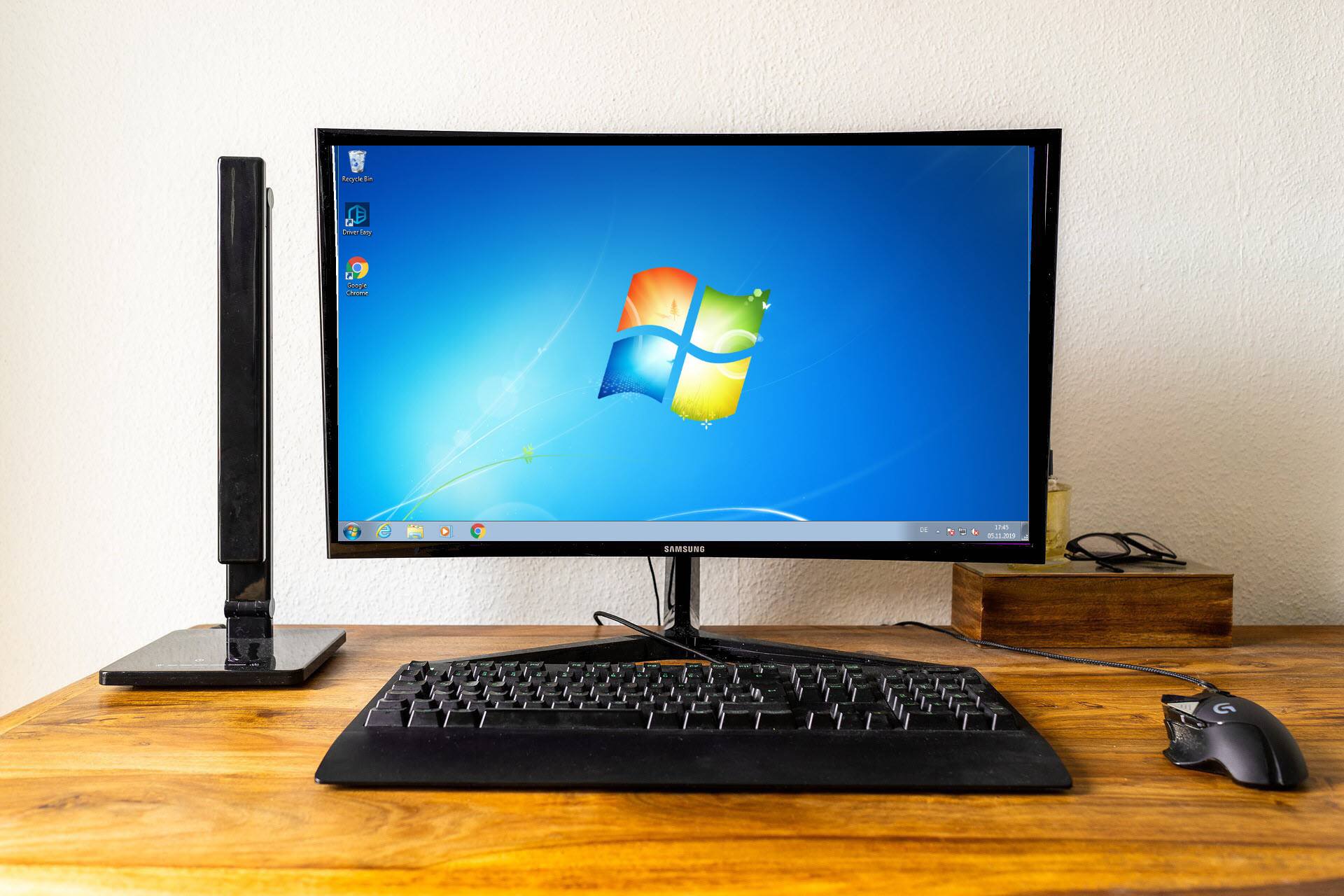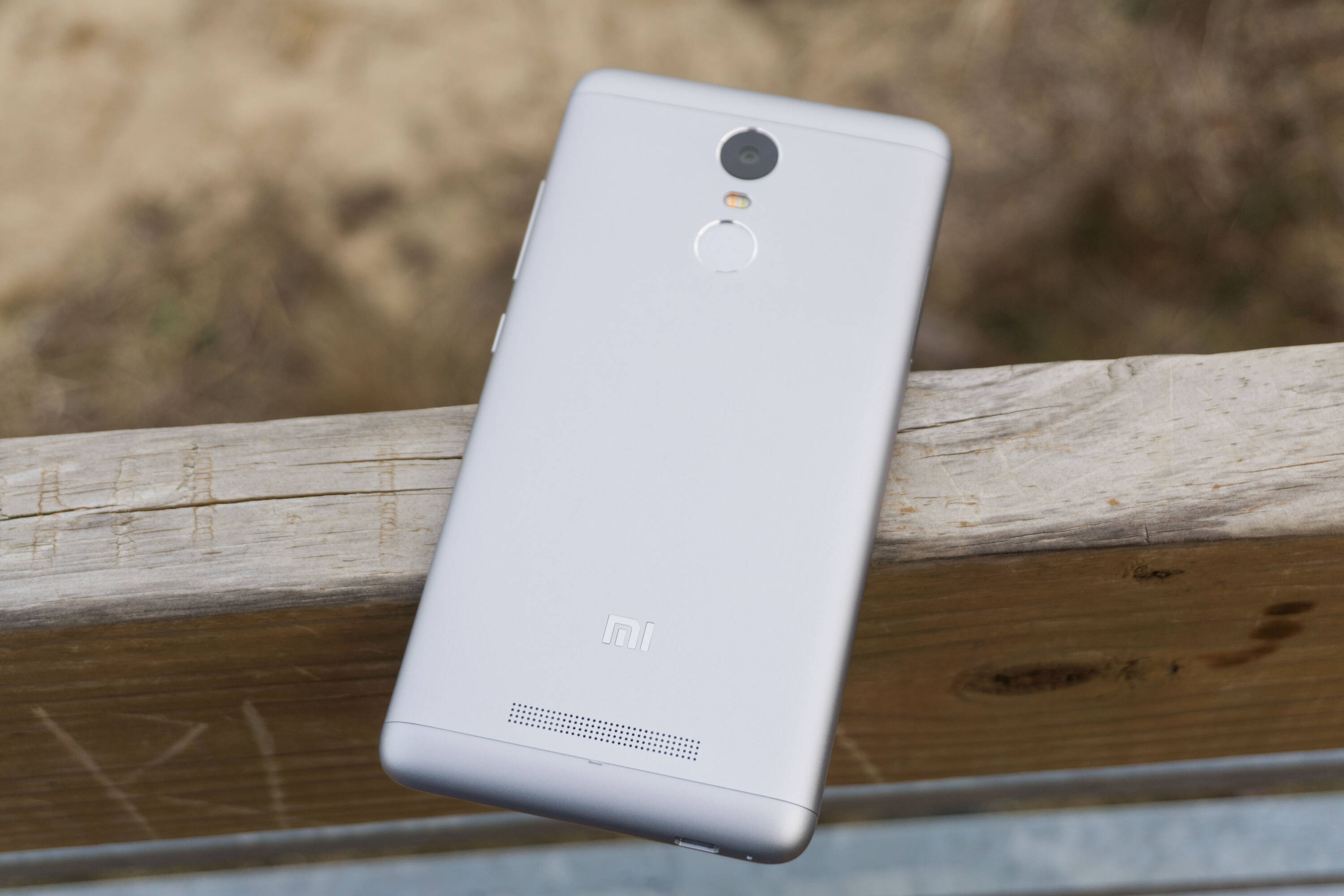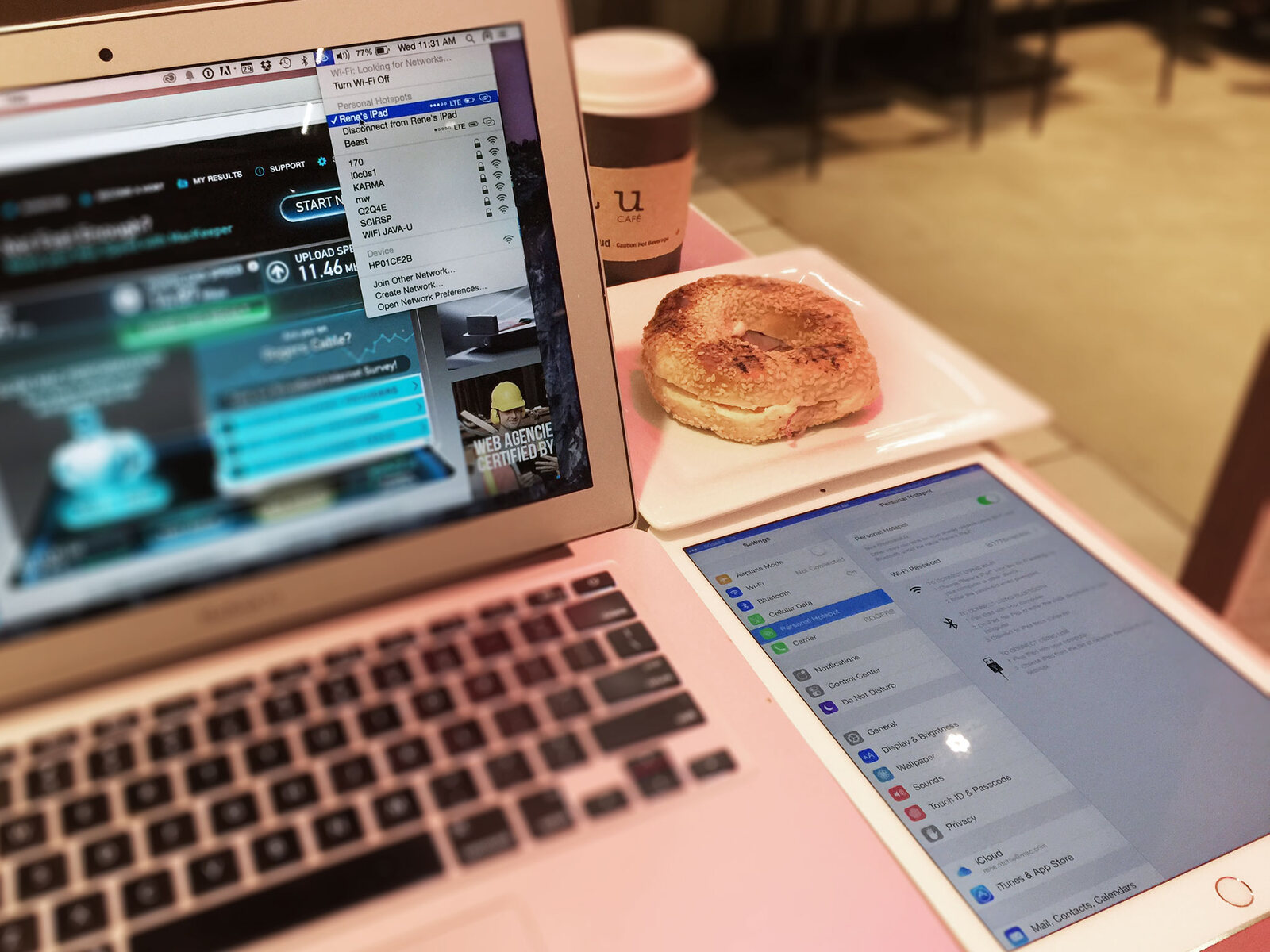Introduction
In this digital age, staying connected is a necessity, and having the ability to access the internet from anywhere is a game-changer. While Wi-Fi connections are widely available, there are times when you may need to work or browse the web from a location where Wi-Fi isn't accessible. In such situations, using your mobile device as a hotspot to connect your desktop to the internet can be incredibly useful.
Whether you're traveling, working remotely, or experiencing an unexpected Wi-Fi outage, being able to create a mobile hotspot and connect your desktop to it can provide the connectivity you need to stay productive and connected. This step-by-step guide will walk you through the process of enabling the mobile hotspot on your mobile device and connecting your desktop to it. Additionally, it will provide troubleshooting tips to address common issues that may arise during the setup process.
By the end of this guide, you will have a clear understanding of how to harness the power of your mobile device to create a reliable internet connection for your desktop, ensuring that you can stay connected and productive regardless of your location. Let's dive into the steps and explore the seamless process of connecting your desktop to a mobile hotspot.
Step 1: Enable Mobile Hotspot on Your Mobile Device
Enabling the mobile hotspot feature on your mobile device allows it to function as a portable Wi-Fi hotspot, providing internet access to other devices, such as your desktop. This process may vary slightly depending on your mobile device's operating system, but the fundamental steps remain consistent across most platforms. Here's how to enable the mobile hotspot feature on iOS and Android devices:
For iOS Devices:
- Access the Settings: Open the "Settings" app on your iPhone or iPad.
- Navigate to Personal Hotspot: Tap on "Personal Hotspot" to access the hotspot settings.
- Enable Personal Hotspot: Toggle the switch to enable the personal hotspot feature. You may also set a Wi-Fi password for security.
- Connectivity Confirmation: Once the hotspot is enabled, your iOS device is ready to provide internet access to other devices.
For Android Devices:
- Access the Settings: Open the "Settings" app on your Android device.
- Select Network & Internet: Tap on "Network & Internet" to access the connectivity settings.
- Enable Hotspot: Look for the "Hotspot and Tethering" option and tap on it. Then, toggle the switch to enable the mobile hotspot feature.
- Customize Hotspot Settings: You can set a hotspot name and password for security and identification purposes.
- Confirmation and Connectivity: Once the hotspot is enabled, your Android device is ready to share its internet connection with other devices.
After enabling the mobile hotspot on your mobile device, it will broadcast a Wi-Fi signal that your desktop can detect and connect to. With the hotspot activated, you are now ready to proceed to the next step and connect your desktop to the mobile hotspot.
Enabling the mobile hotspot on your mobile device empowers you to extend its internet connectivity to other devices, providing a seamless way to ensure that your desktop stays connected, regardless of the availability of traditional Wi-Fi networks. Now that you have successfully activated the mobile hotspot, let's move on to the next step and connect your desktop to this newly created Wi-Fi network.
Step 2: Connect Your Desktop to the Mobile Hotspot
Now that you have successfully enabled the mobile hotspot on your mobile device, it's time to connect your desktop to this newly created Wi-Fi network. The process of connecting your desktop to a mobile hotspot is straightforward and can be accomplished in a few simple steps. Here's a detailed guide on how to establish a connection between your desktop and the mobile hotspot:
For Windows Desktops:
- Access Network Settings: Click on the network icon in the taskbar to open the list of available networks.
- Select the Mobile Hotspot: Locate the name of your mobile hotspot in the list of available networks and click on it to initiate the connection process.
- Enter Hotspot Password: If you set a password for your mobile hotspot, you will be prompted to enter it at this stage. Input the password and click "Connect" to establish the connection.
For Mac Desktops:
- Access Wi-Fi Settings: Click on the Wi-Fi icon in the menu bar to view the available networks.
- Choose the Mobile Hotspot: Look for your mobile hotspot in the list of available networks and select it to start the connection process.
- Enter Hotspot Password: If a password is required for the mobile hotspot, you will be prompted to enter it. Input the password and click "Join" to connect to the hotspot.
Once the connection is established, your desktop will be linked to the mobile hotspot, and you will have access to the internet through your mobile device's cellular data connection. The network icon on your desktop should indicate a successful connection to the mobile hotspot.
Connecting your desktop to the mobile hotspot enables you to leverage your mobile device's internet connection, providing a reliable means of accessing the internet even in situations where traditional Wi-Fi networks are unavailable. With the connection established, you can seamlessly browse the web, work on projects, or engage in online activities without the limitations of a fixed internet connection.
The ability to connect your desktop to a mobile hotspot offers flexibility and convenience, allowing you to stay connected and productive regardless of your location. Now that your desktop is successfully linked to the mobile hotspot, you are ready to explore troubleshooting tips and additional insights to optimize your mobile hotspot experience.
Step 3: Troubleshooting and Tips
While connecting your desktop to a mobile hotspot is generally a smooth process, you may encounter occasional challenges or seek ways to optimize the connection. Here are some troubleshooting tips and valuable insights to ensure a seamless experience:
Troubleshooting Tips:
-
Signal Strength: If you experience a weak or unstable connection, try repositioning your mobile device to improve signal reception. Additionally, consider moving your desktop to a location with better signal reception.
-
Hotspot Activation: If you encounter difficulties enabling the mobile hotspot on your device, ensure that your cellular plan includes hotspot functionality. Contact your mobile service provider for assistance if needed.
-
Password Authentication: Double-check the accuracy of the hotspot password entered on your desktop. Typos or incorrect passwords can prevent a successful connection.
-
Device Compatibility: Confirm that your desktop's Wi-Fi adapter is compatible with the frequency band used by your mobile device's hotspot. Some older desktops may only support 2.4GHz networks, while newer devices may offer dual-band compatibility.
-
Software Updates: Ensure that both your mobile device and desktop are running the latest software updates. Updates often include improvements to network connectivity and compatibility.
Optimization Tips:
-
Data Usage Monitoring: Keep track of your data usage when connected to a mobile hotspot, especially if you have limited data allowances. Avoid bandwidth-intensive activities when not essential to conserve data.
-
Battery Life Management: Using your mobile device as a hotspot can drain its battery. Consider keeping it plugged in or using a portable power bank to ensure uninterrupted connectivity.
-
Security Measures: Set a strong password for your mobile hotspot to prevent unauthorized access. Additionally, consider using a virtual private network (VPN) for enhanced security when browsing on public networks.
-
Connection Sharing: Some mobile devices allow you to share the hotspot connection with multiple devices. If needed, you can connect other devices, such as tablets or laptops, to your mobile hotspot using the same process outlined for your desktop.
-
Network Name Identification: If multiple hotspots are available in your vicinity, customize the name of your mobile hotspot for easy identification. This can help prevent accidental connections to other nearby hotspots.
By implementing these troubleshooting tips and optimization strategies, you can maximize the reliability and efficiency of your mobile hotspot connection. Overcoming potential challenges and proactively managing the connection empowers you to make the most of your mobile device's internet-sharing capabilities.
With these insights, you are well-equipped to address common issues and optimize your desktop's connection to a mobile hotspot, ensuring a seamless and reliable internet experience regardless of your location.
Conclusion
In conclusion, the ability to connect your desktop to a mobile hotspot opens up a world of possibilities, providing flexibility, convenience, and uninterrupted internet access regardless of your location. By following the step-by-step guide outlined in this article, you have gained the knowledge and confidence to harness the power of your mobile device's internet-sharing capabilities, ensuring that your desktop remains connected and productive in various scenarios.
Enabling the mobile hotspot feature on your mobile device and seamlessly connecting your desktop to it empowers you to overcome connectivity challenges, such as limited Wi-Fi availability, unexpected outages, or the need for a reliable internet connection while on the go. This versatile solution allows you to work, study, or engage in online activities with ease, eliminating the constraints of traditional fixed internet connections.
Furthermore, the troubleshooting tips and optimization strategies provided in this guide equip you with the tools to address potential issues and enhance the performance of your mobile hotspot connection. By understanding how to optimize signal strength, manage data usage, prioritize security measures, and efficiently share the connection with multiple devices, you can make the most of your mobile hotspot experience.
As technology continues to evolve, the seamless integration of mobile devices and desktops becomes increasingly essential. Whether you're a remote worker, a student, or a digital nomad, the ability to establish a reliable internet connection through a mobile hotspot is a valuable asset in today's interconnected world.
In essence, connecting your desktop to a mobile hotspot represents a bridge between the convenience of mobile connectivity and the productivity of desktop computing. This fusion of capabilities enables you to adapt to dynamic environments and stay connected with confidence, knowing that your desktop can seamlessly access the internet through your mobile device's hotspot.
By mastering the process of creating and utilizing a mobile hotspot, you have unlocked a powerful resource that enhances your connectivity, productivity, and overall digital experience. Embracing the versatility of mobile hotspot connectivity empowers you to navigate the modern landscape of remote work, travel, and digital connectivity with ease, ensuring that you can stay connected and productive wherever your journey takes you.









